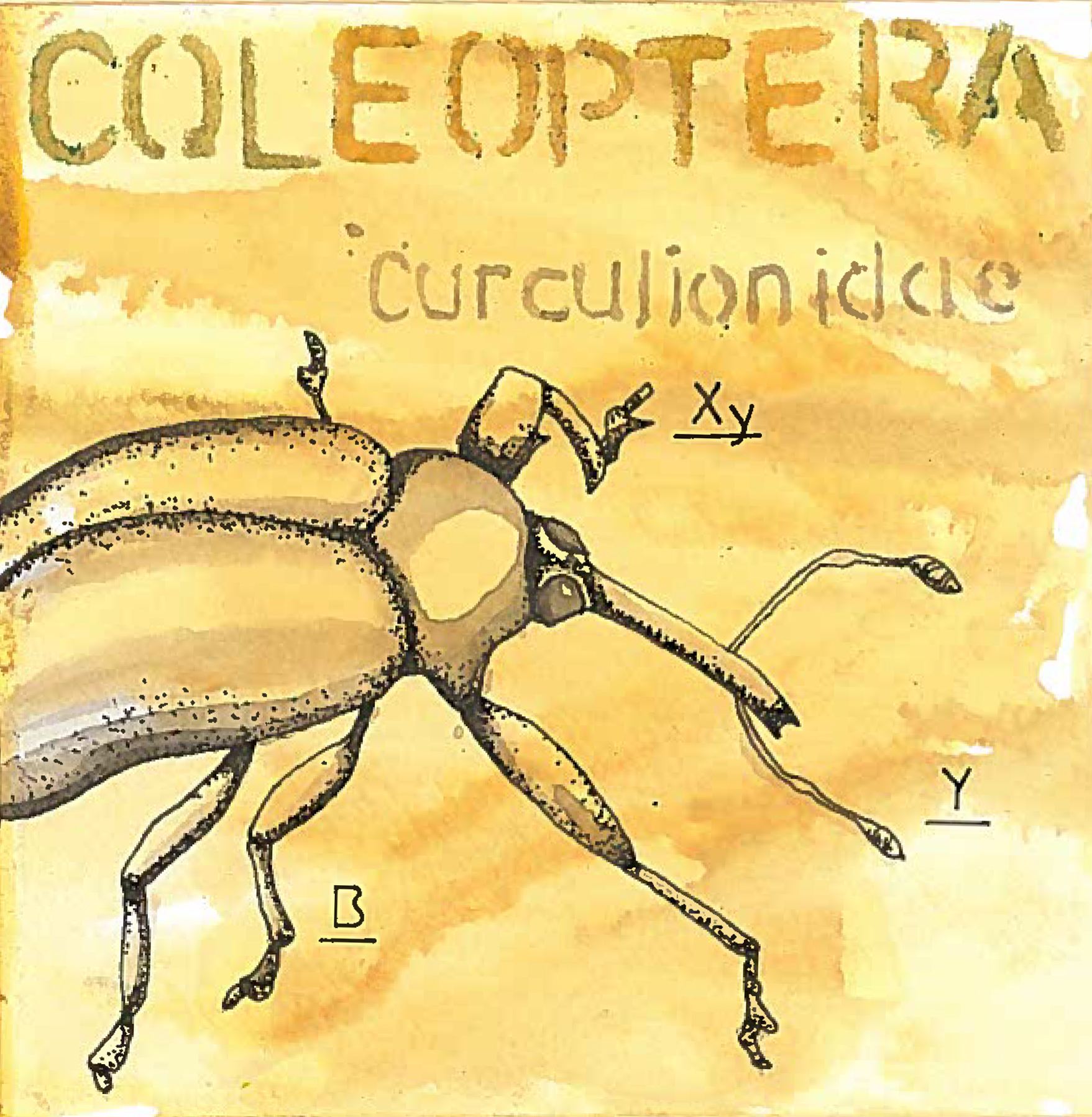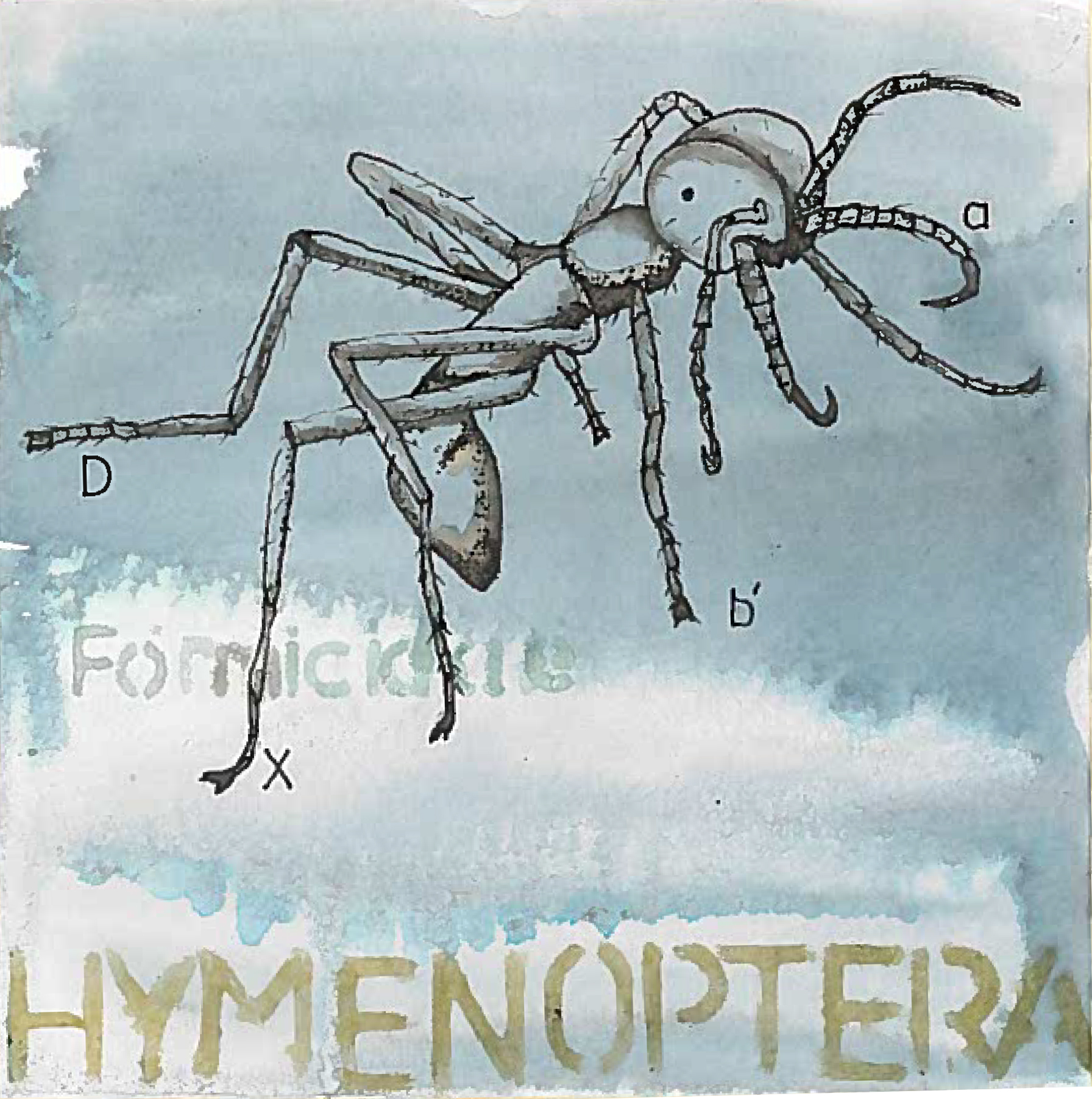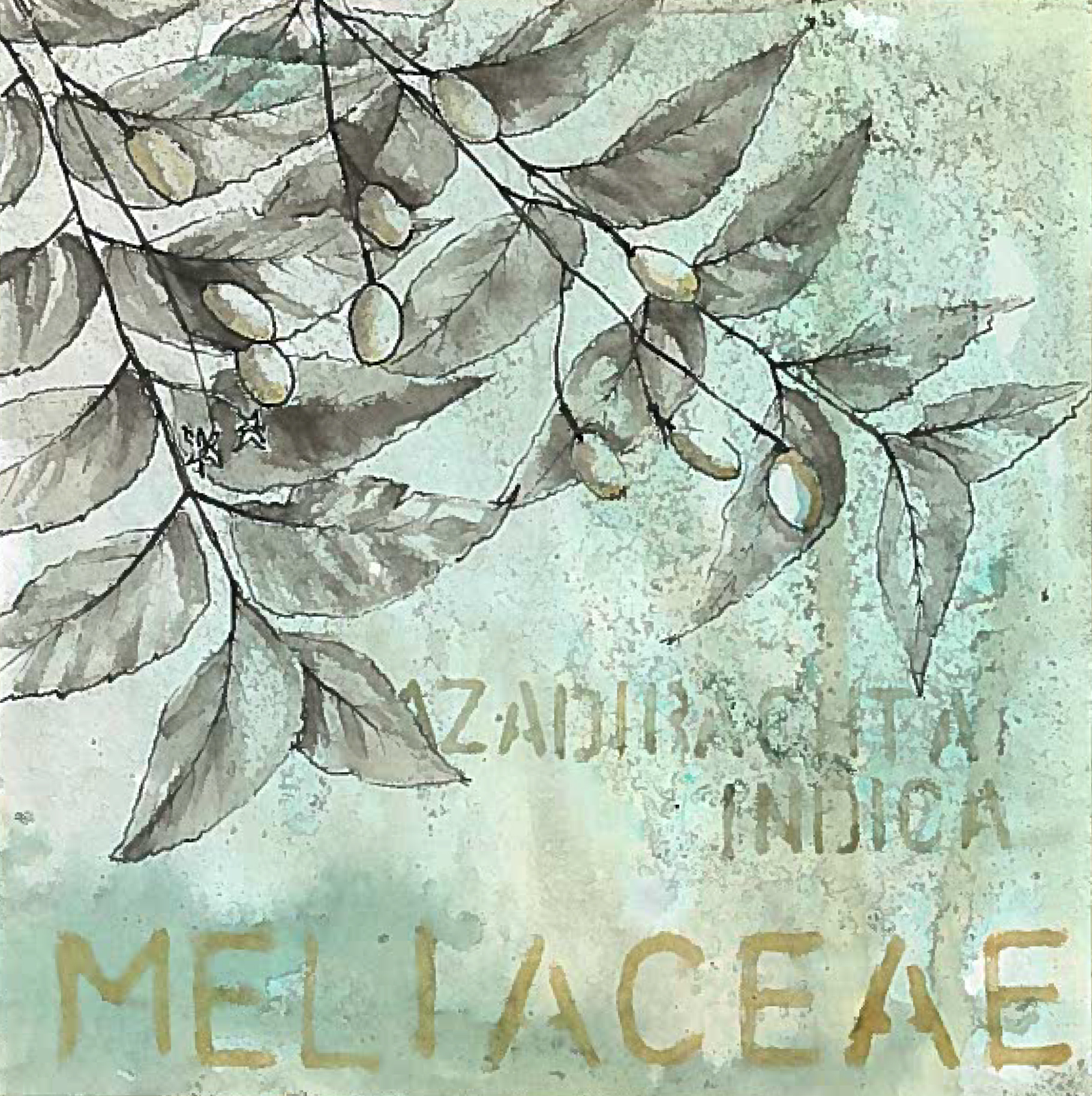SPECIESIM
On Some Orders of Arthropoda in the Dry Forest Landscapes of South-central Puerto Rico
drawings by Jacqueline Margetts
ONE
Landscape architecture has on the whole ignored invertebrates, favoring mammalian and avian fauna. Amongst the slugs, snails, worms, spiders and insects that comprise the invertebrates our discipline, moreover, prefers the aerial Hymenoptera and Lepidoptera (the glamor pusses of Arthropoda), but only some species of each attract the attention of designers. Honeybees for instance, and monarch butterflies. Ants are an exception to aerial attraction, owing to the systems-friendly social ecologies they have developed. But insects and arachnids make up the bulk of the world’s animals, and are essential to that all-encompassing complex adaptive system we call Planet Earth - “the holistic nature of the Earth’s system,” as the LAF New Landscape Declaration puts it.
A recent article in the Guardian Weekly notes that we live in an invertebrate world. “Of all known animal species, less than 5% have backbones,” it says. “About 70% are insects. Fewer than one in every 200 are mammals …” (Mikanowski 2018: 27). Inspired by the indictment of myopic speciesism that this article suggests, an investigation of invertebrates was undertaken by Master of Landscape Architecture Students from Washington University in St Louis. The research occurred in the savannah-like dry forests that have appeared along the Portugués River near Ponce, Puerto Rico, since clearance ceased and successional regrowth appeared.
Following the ground-breaking work of tropical entomologist Terry Eames in 1982, this group of students adapted an arboreal fogging technique to explore the insect biodiversity of one tree species growing along a quiet bridal path that follows the Portugués. The experiment was multi-layered. For instance, it offers a commentary on the construction of scientific knowledge from observation; it also provides an allegory of the decimation of the indigenous Taíno people of Puerto Rico by their Spanish conquerors. A serious inquiry, however, it is at the same time tongue in cheek.
A small tree was selected, wrapped in plastic sheeting, and huffed with insecticide. After a few minutes dead Arthropoda were collected, returned to the field lab, identified and counted.
For the MLA students who conducted the Portogués River biodiversity survey, the process of fieldwork demonstrated the constructed and contingent nature of empirical inquiry, by probing the spaces between hypothesis, methodology, outcome and theory. It showed that the layered, scalar, temporal, self-organizing, frame-dependent operations of open systems are not readily reducible to generalization, and that epistemologies are local and constructed.
The students also queried the ethical basis of work that puts species to death in the name of knowledge-production. They saw a striking similarity to the 16th century colonization of Puerto Rico, where a dominant intruder with more effective technological power exterminated previous occupants in order to achieve its ends. The indigenes died out and their material culture ended up in the vitrines of the invaders’ museums.
Biodiversity Survey Results
The tree species selected for the survey is known as neem (Azadirachta indica).
It is worth noting that a derivative from this tree is used as a natural alternative to synthetic pesticides.













